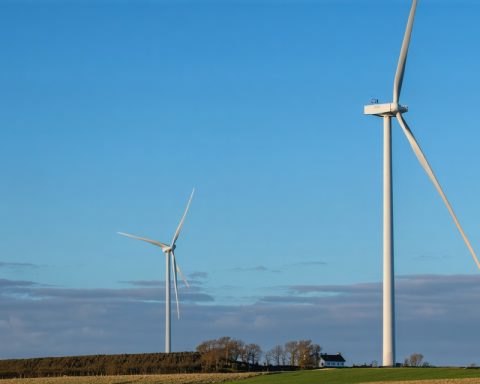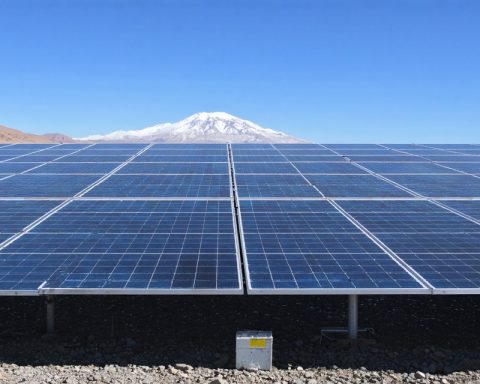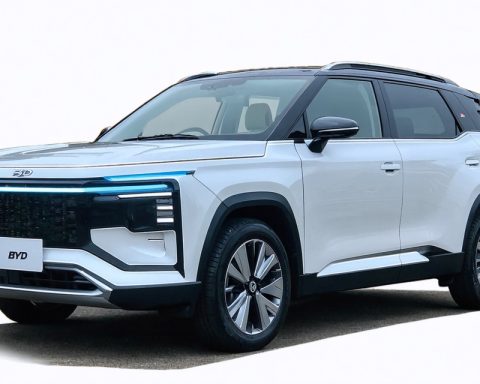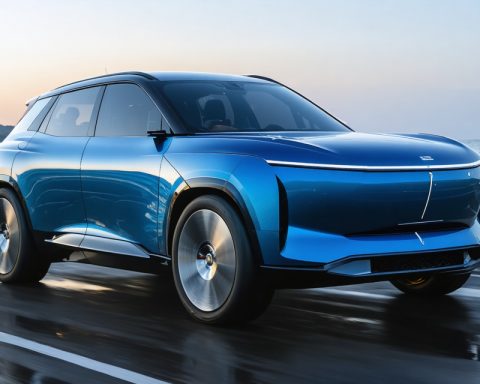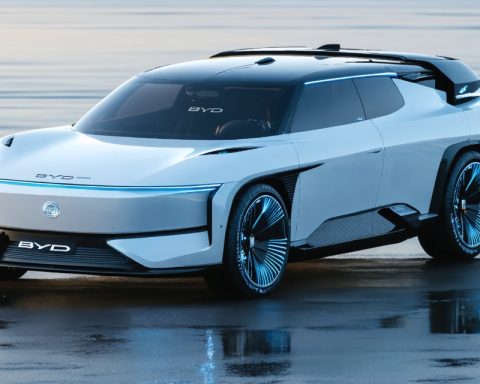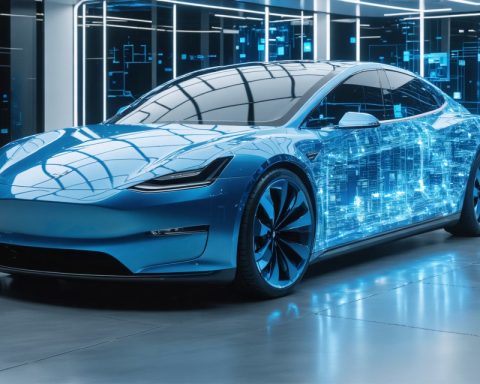In a landmark move towards greener transportation solutions, Wabtec Corp. is embarking on an innovative journey to develop hydrogen-powered locomotives at their Erie facility. This ambitious project has received a significant boost with a $48.41 million grant, facilitated through the Infrastructure Investment and Jobs Act, as announced by U.S. Senator Bob Casey.
Transitioning to Hydrogen: The Next Evolution
Wabtec’s Erie facility is no stranger to groundbreaking projects, having previously pioneered the Evolution and FLXDrive battery locomotives. Now, with federal funding in place, the company is poised to redefine rail transport with hydrogen technology. The focus will be on upgrading train engines and control systems to efficiently utilize hydrogen as an alternative fuel source.
Hopeful Anticipation in Erie
Scott Slawson, leader of United Electrical, Radio, and Machine Workers of America Local 506, expressed optimism for the project’s potential impact on the Erie community and its workforce. Although the manufacturing location remains uncertain, Slawson emphasizes Erie’s superior production capacity compared to other facilities worldwide. He also underscores the importance of prioritizing safety and quality in locomotive manufacturing over cost-cutting measures.
Pennsylvania: A Leader in Rail Innovations
Historically, Pennsylvania has been at the forefront of rail industry advancements, and Senator Casey is keen on the state maintaining its leadership in this sector’s green transition. He highlights the importance of leveraging Pennsylvania’s storied past in railroads as the nation embraces eco-friendly transportation solutions.
As Wabtec gears up for this transformative venture, Erie stands on the cusp of potentially significant economic and technological strides.
Hydrogen-Powered Locomotives: Will They Derail Traditional Railroads?
As train companies worldwide look for greener solutions, the recent venture by Wabtec Corp. into hydrogen-powered locomotives brings new opportunities and challenges to communities globally. While the Erie facility in Pennsylvania charges ahead as a hub for innovation, the ripple effects of this technology will undoubtedly reach far and wide.
Global Implications: Will Hydrogen Locomotives Become the Norm?
Hydrogen technology for trains isn’t just about cutting emissions from the rail industry; it’s set to revolutionize how railways operate. For developing nations, adopting this technology could provide a cleaner, more sustainable way to build infrastructure from the ground up. However, the costs of transitioning to hydrogen fuel could be prohibitive for some, raising the question: Will wealthier nations widen the technology gap?
Environmental Considerations: True Green or Just a Green Sheen?
While hydrogen-powered trains promise lower emissions, skeptics caution about the source of the hydrogen itself. Most hydrogen is produced through methods that involve natural gas, often negating some environmental benefits. The industry must focus on producing “green hydrogen,” made using renewable energy, to genuinely benefit the planet.
Community Impact: A Boon or a Burden?
From a local perspective, the likes of Erie might see boosts in employment and economic growth through such projects. However, towns reliant on traditional diesel locomotive sectors may suffer. Will communities be left behind, or can they pivot in time? Workforce development and retraining programs must be ramped up to cater to the new demands of hydrogen technology.
Infrastructure Challenges: Are We Ready?
Adopting hydrogen locomotives requires vast infrastructure changes, from fuel stations to maintenance facilities. Countries with expansive train networks must invest substantially in upgrading existing systems. This gives rise to another significant question: Who’s footing the bill? Private investments and public policy will play crucial roles, possibly sparking debates on funding and priorities.
Interesting Facts and Future Projections
As we ponder the future of locomotives, it’s fascinating to learn that Japan has been an early adopter, running trial lines for hydrogen trains. Moreover, the International Energy Agency predicts that by 2050, one-third of trains globally could be hydrogen-powered, provided the current momentum continues.
While Wabtec’s initiative sets a hopeful tone, the larger rail industry faces challenges that necessitate international collaboration and strategic planning. The hydrogen transition is not just an evolution but a revolution that must consider economic, environmental, and societal factors.
For more on global energy advancements and policy implications, visit International Energy Agency or explore U.S. Department of Energy for ongoing developments in hydrogen technology.

